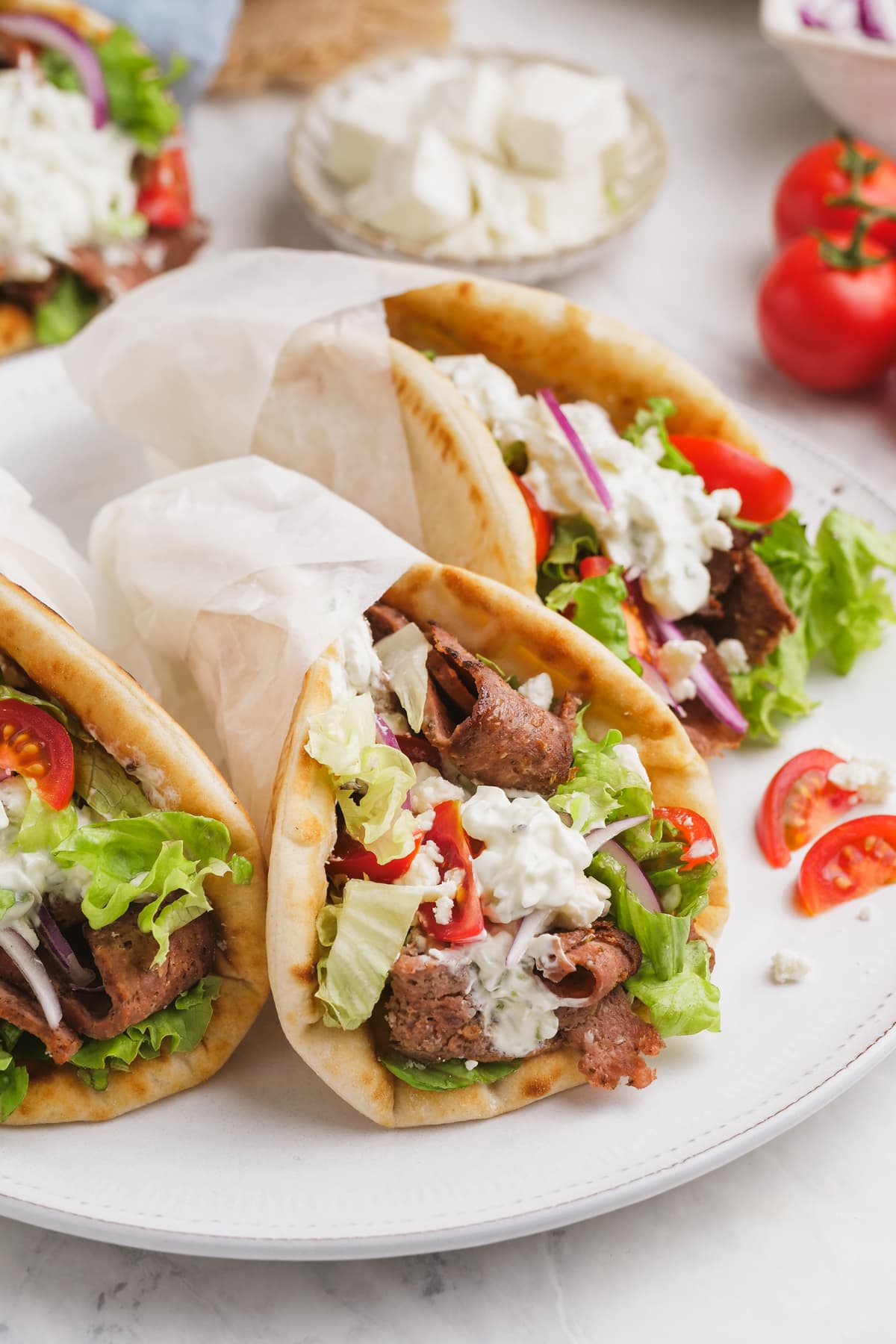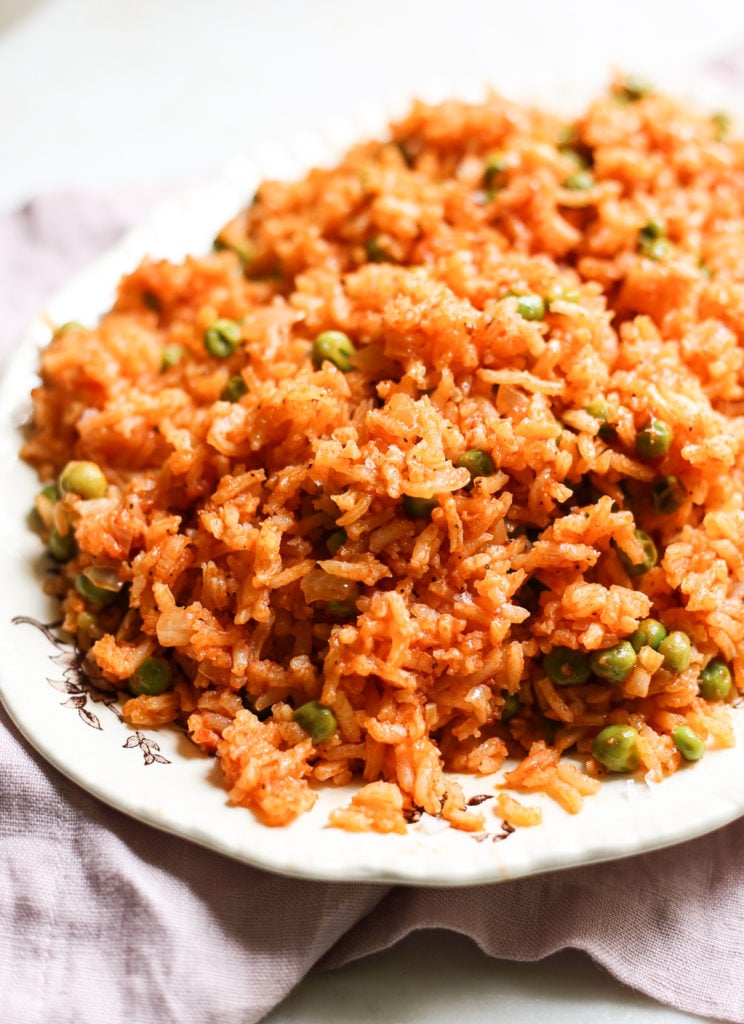Gyros: History, Preparation, Nutritional Value, and Global Variations
Traditional gyros trace their roots to Greece where they emerged as a popular street food in the early 20th century. Influences from the Middle Eastern dish shawarma and the Turkish doner kebab are evident, making gyros a unique blend of flavors and culinary techniques. In Greece, vendors typically use pork or chicken for authentic gyros, which they marinate with herbs and spices before slow-roasting on a vertical rotisserie.
Evolution and Spread Worldwide
Starting from Greece, traditional gyros rapidly gained popularity due to their distinctive taste and convenience. By the mid-20th century, Greek immigrants introduced gyros to other countries, including the United States and Canada. In these regions, beef and lamb often replaced pork or chicken, catering to local tastes. The accessibility of traditional gyros from food trucks and small eateries contributed to their spread, making them a staple in many urban areas worldwide.
Key Ingredients of a Traditional Gyro
Meat: Lamb, Chicken, or Pork
The primary ingredient in traditional gyros is the meat, which varies by region and preference. In Greece, pork and chicken are commonly used, whereas lamb is preferred in many American and Middle Eastern variants. The meat is marinated with herbs such as oregano, rosemary, and thyme, and spices like garlic and cumin. This marination infuses the meat with a rich and aromatic flavor profile. After marination, the meat is layered onto a vertical rotisserie where it’s slow-roasted to ensure tenderness and succulence. Opt for fresh, high-quality meat to replicate authentic flavors.
Pita Bread and Tzatziki Sauce
Pita bread serves as the vessel for a traditional gyro. This flatbread is soft, slightly chewy, and perfect for wrapping around the filling. To achieve the best texture, warm the pita before assembling your gyro. Tzatziki sauce is another essential element, providing a cool, tangy contrast to the seasoned meat. This sauce combines Greek yogurt with grated cucumber, minced garlic, olive oil, lemon juice, and dill. The yogurt base offers creaminess, while the cucumber and herbs add a refreshing note. Preparing tzatziki a few hours in advance allows the flavors to meld, enhancing its taste.
How Traditional Gyros Are Made
Preparation of the Meat
Use lamb, chicken, or pork to prepare the meat for traditional gyros. Slice the meat thinly, then marinate it with a blend of herbs and spices. Common ingredients include oregano, garlic, rosemary, thyme, and paprika. Add a splash of lemon juice and olive oil to enhance the flavors. Let the meat absorb the marinade for at least 2 hours, preferably overnight, for optimal taste.
Thread the marinated meat onto a large vertical rotisserie, known as a “gyro” or “gyros.” Grill it slowly, allowing the outer layers to become crispy and golden-brown. As the meat cooks, shave off thin slices for serving to ensure it’s always fresh, tender, and flavorful.
Assembling the Gyro
Take warm, fluffy pita bread to begin assembling the gyro. Place a generous amount of the shaved, cooked meat onto the bread. Add fresh vegetables, commonly including tomatoes, onions, and lettuce, to complement the savory meat.
Top the gyro with tzatziki sauce, a blend of yogurt, cucumber, garlic, olive oil, and herbs, for a creamy, tangy finish. Optional toppings like feta cheese and olives can add extra layers of flavor. Fold the pita around the fillings, wrapping it in parchment paper or foil for easy handling, and enjoy.
Nutritional Value of Gyros
Caloric Content and Nutritional Breakdown
Understand the caloric content of a traditional gyro to make informed dietary choices. A typical gyro contains around 600-800 calories per serving. This amount varies based on the type and quantity of meat, the size of the pita, and additional toppings.
| Nutrient | Amount per Serving (Approx.) |
|---|---|
| Calories | 600-800 kcal |
| Protein | 25-35 g |
| Fat | 30-40 g |
| Carbohydrates | 40-50 g |
| Fiber | 2-4 g |
| Sodium | 800-1200 mg |
Gyros offer a balanced mix of macronutrients. The meat, usually lamb, chicken, or pork, provides protein crucial for muscle repair and growth. Pita bread adds carbohydrates, the primary energy source. Tzatziki sauce contributes fats, which are essential for hormone production and cellular health. Fresh vegetables like tomatoes and onions deliver fiber and vitamins, aiding digestion and overall health.
Health Considerations and Dietary Impact
Assessing the health considerations of consuming gyros helps maintain a balanced diet. While gyros provide protein and vital nutrients, they can also be high in sodium and saturated fats. For those monitoring salt intake or cardiovascular health, opting for grilled chicken or turkey and requesting less tzatziki sauce can be beneficial.
Gyros can fit into various dietary plans with some modifications. For a lower-carb option, replace pita bread with a lettuce wrap. Substituting pork or lamb with leaner meats like chicken or turkey will reduce overall fat content.
Including gyros moderately in a balanced diet offers both nutritional benefits and enjoyment. Be mindful of portion sizes and toppings for a healthier meal option.
Variations and Regional Differences
Comparing Greek Gyros with Other Variations
Greek gyros traditionally feature pork or chicken, marinated in Mediterranean spices. They’re served with tomatoes, onions, tzatziki sauce, and wrapped in pita bread. In contrast, Turkish döner kebabs use lamb, beef, or chicken. Döner meat is seasoned with cumin, paprika, and oregano and served in flatbread with yogurt-based sauces.
In the Middle East, shawarma offers another variation. Shawarma includes lamb, chicken, or beef, marinated in turmeric, cinnamon, and cloves. It’s served with vegetables and tahini in pita or laffa bread. While gyros remain close to their Mediterranean roots, döner kebabs and shawarma incorporate diverse spice blends and presentation styles.
Popular Gyro Styles Across Different Countries
In the United States, gyros often use beef or lamb and feature additional toppings like lettuce and cheese. The meats are typically seasoned with garlic, oregano, and rosemary, reflecting an Americanized version of traditional gyros.
In Germany, döner kebabs are prevalent. They consist of veal or chicken, heavily seasoned with herbs and spices, and served in durum or pita bread. The toppings include cabbage, carrots, and yogurt-based sauces.
Australian gyros, known as yeeros, primarily use lamb and beef. They’re served with a variety of toppings like beetroot, pineapple, and barbeque sauce, creating a fusion of flavors.
By understanding these different gyro styles, you can appreciate the diverse cultural influences that enrich this beloved dish.
Conclusion
Traditional gyros offer a delicious blend of flavors and a rich history that spans continents. Whether you’re savoring an authentic Greek gyro or exploring its variations worldwide, this dish brings a unique culinary experience to your table. From the marinated meat to the fresh vegetables and creamy tzatziki, each component plays a vital role in creating a meal that’s both satisfying and nutritious. Embrace the cultural diversity and enjoy the timeless appeal of gyros, a dish that continues to captivate food lovers everywhere.






